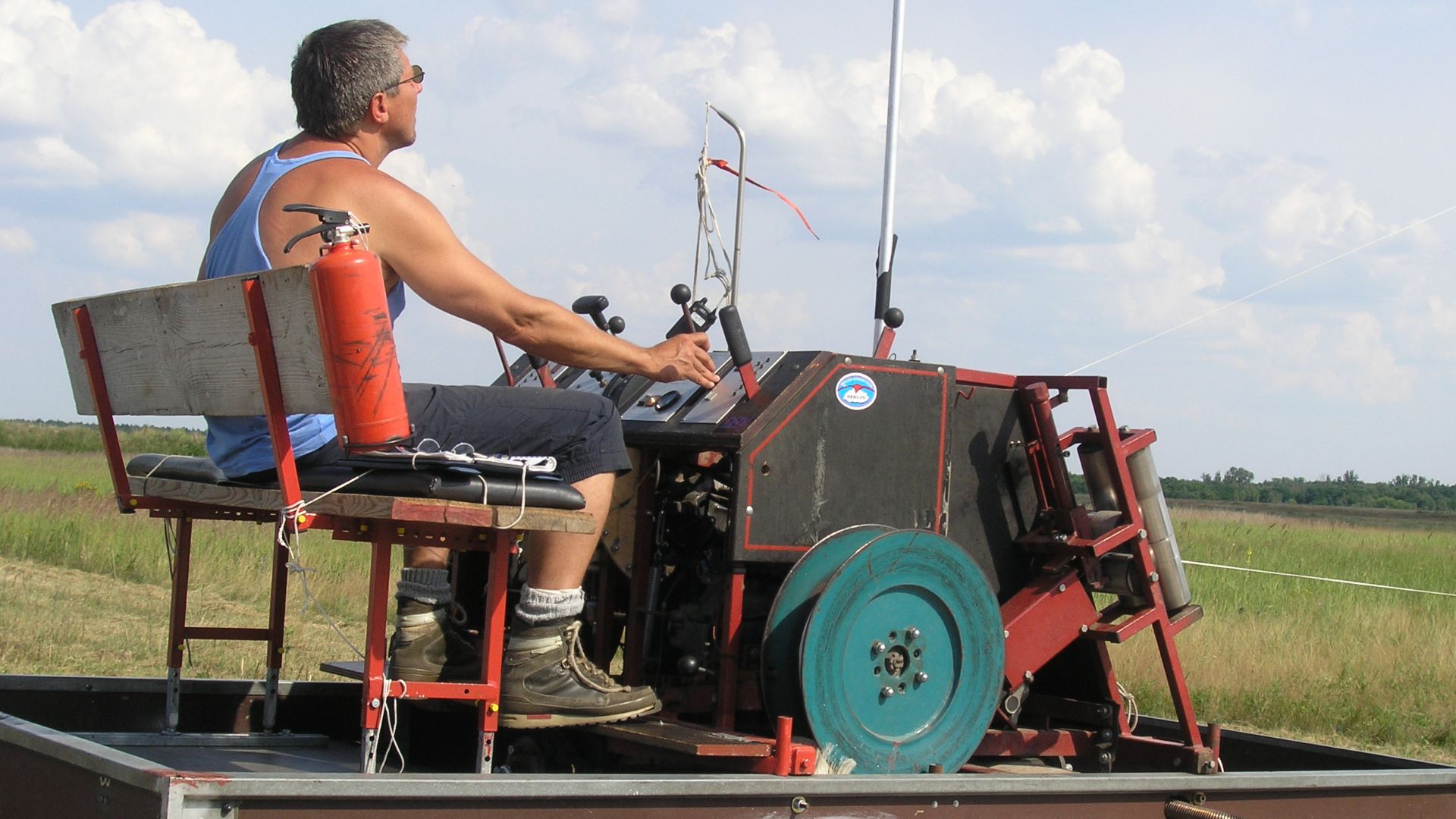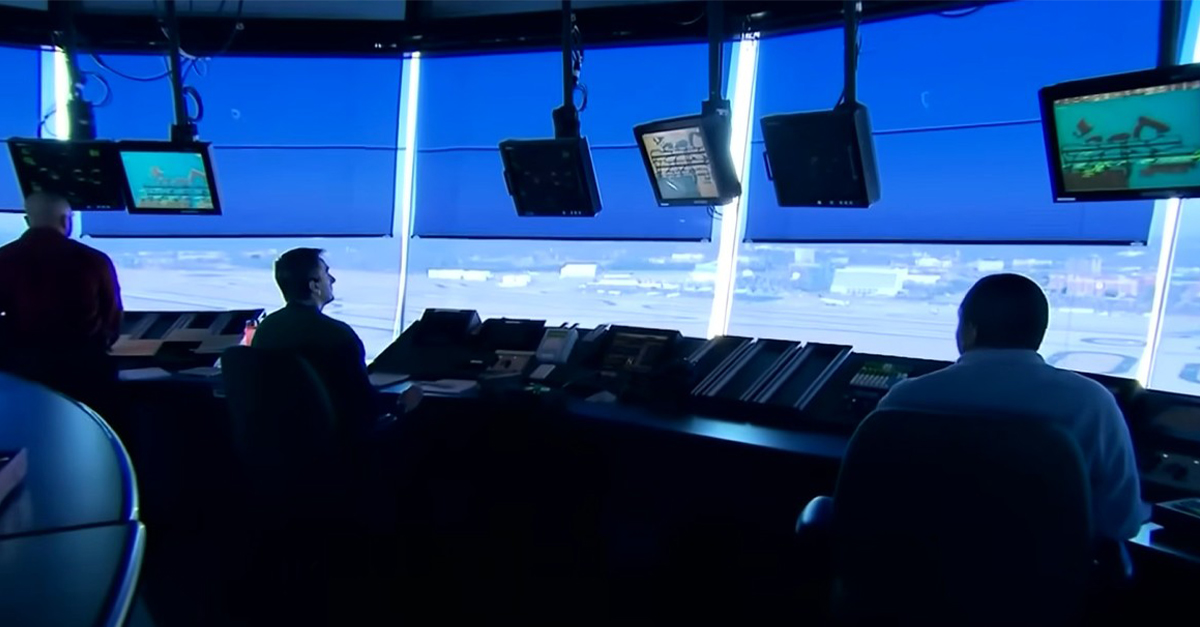Jobs That Ask Too Much
Every job has its hard days. But these roles? They test the line between responsibility and burnout. Research shows they come with the kind of daily pressure that doesn’t leave at clock-out.

Pest Control Worker
Seasonal outbreaks bring a rush of emergency calls, pulling workers into pest-ridden crawlspaces and rodent-infested attics. The Centers for Disease Control and Prevention (CDC) warns that exposure to pesticides may lead to long-term health issues. O*NET even identifies high stress tolerance as a key requirement for this role.
 Garda Pest Control Indonesia, Pexels
Garda Pest Control Indonesia, Pexels
Hoist And Winch Operator
Operating heavy equipment demands precision, as a single mistake can be fatal. Data from a Bureau of Labor Statistics (BLS) report shows injury rates rise during equipment failures or severe weather. Since operators frequently make split-second decisions, the Occupational Safety and Health Administration records underscore the importance of individual judgment.
Furnace, Kiln, And Oven Operator
Operators in this field must adhere to precise timing to prevent breakdowns. Heat stress, flagged by the National Institute for Occupational Safety and Health (NIOSH), remains a top concern. Machines exceed 2,000°F, and most furnaces run nonstop, which means overnight and weekend shifts are a part of the job.
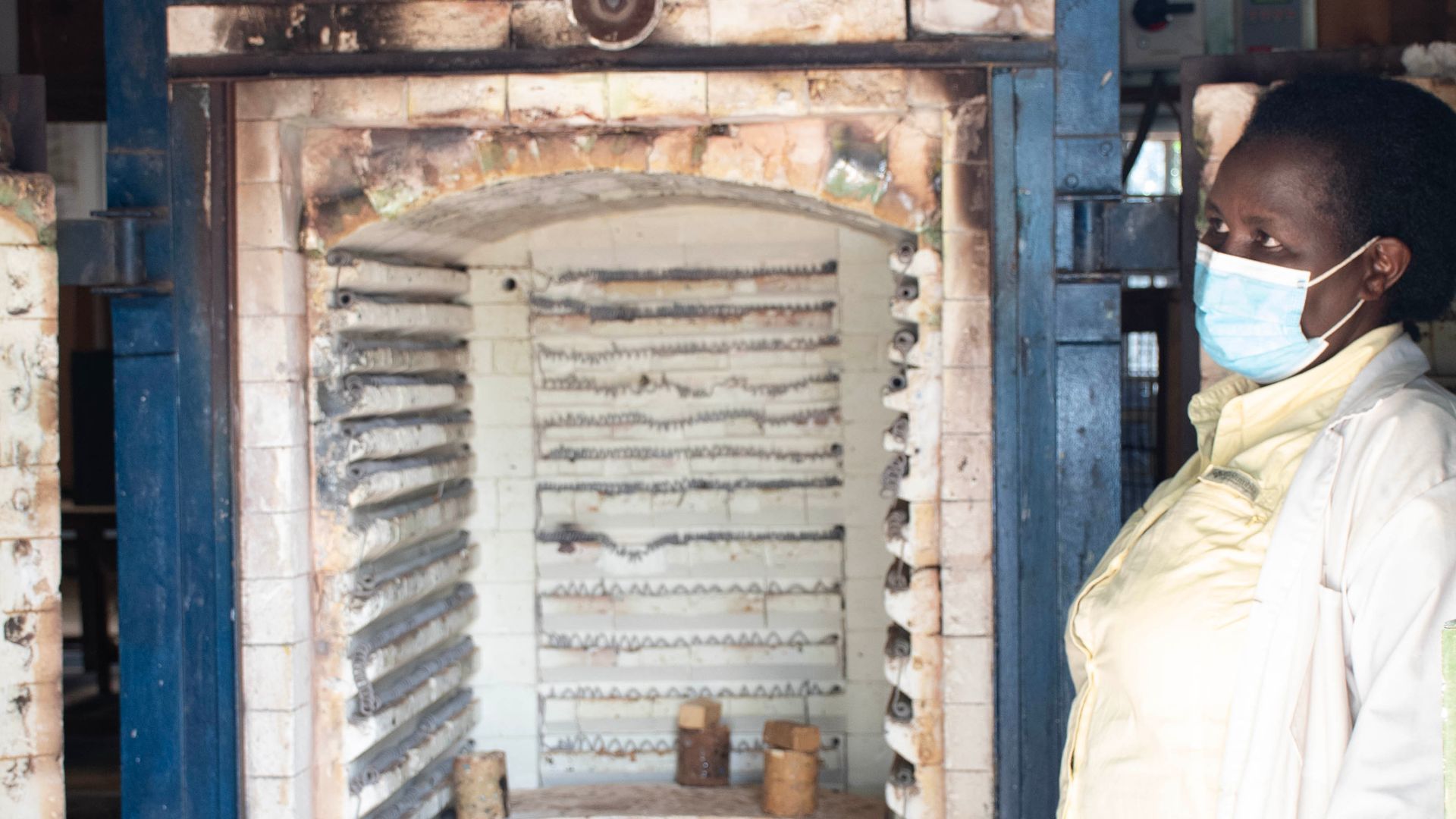 DorahMalemba, Wikimedia Commons
DorahMalemba, Wikimedia Commons
Subway And Streetcar Operator
Just imagine handling emergency brakes while steering through rush-hour crowds. That’s daily life for transit operators. O*NET notes that this role demands high stress tolerance, especially since one wrong move can ripple through an entire city’s transit schedule. Quick thinking and constant communication are essential in managing pressure.
Event Coordinator
When a vendor backs out or bad weather rolls in, chaos ensues at the event. Coordinators juggle clients and contractors, usually for 16 hours straight. O*NET flags the complexity, and BLS data connects burnout and turnover to these nonstop, high-stakes demands.
 LightField Studios, Shutterstock
LightField Studios, Shutterstock
Elevator Installer/Repairer
Tight shafts and sudden outages aren’t the only hurdles here. O*NET highlights that every system operates under a distinct set of rules. Meanwhile, BLS data highlights sharp spikes in physical danger during emergencies, which makes this job one of precision and pressure.
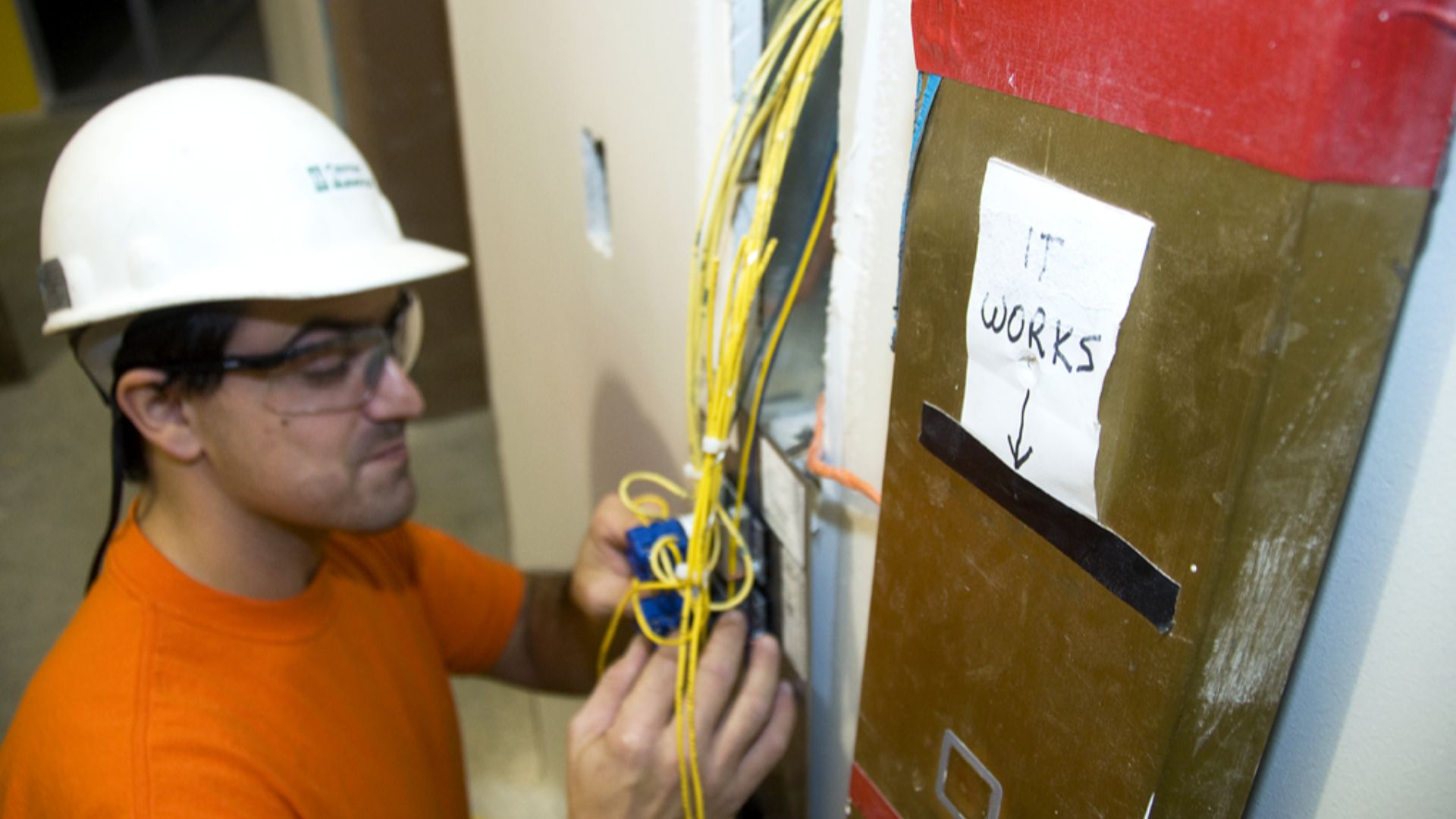 Oregon Department of Transportation, Wikimedia Commons
Oregon Department of Transportation, Wikimedia Commons
Psychiatric Technician
Assault risks in this job are significantly higher than average, according to BLS data. Institutions also cite constant emotional overload as a major contributor to burnout. Now, picture managing all that in the middle of a psychiatric emergency—alone. O*NET even states high stress tolerance as a requirement here.
Marriage And Family Therapist
Caseloads increased after the pandemic, straining therapists nationwide. School breaks and community trauma stretch schedules well past 40 hours. The American Psychological Association (APA) confirms that volatile sessions may involve threats or even violence. And when clients are unpredictable, insurance paperwork only adds to the mounting stress.
Respiratory Therapy Technician
Flu season or a spike in breathing illnesses means emergency calls ramp up fast. These technicians are right in the middle of it to help patients through split-second decisions. Code-blue events bring even more urgency, where teamwork and timing decide outcomes. The pandemic only raised the stakes.
Aircraft Structures Worker
Yes, its a high paying job, but tight flight schedules heighten the urgency, especially when repairs unfold under watchful eyes. One missed issue could lead to disaster. Each flight begins with high-stakes inspections, made more challenging by the dense paperwork and technical protocols required by the Federal Aviation Administration (FAA).
 Howard R. Hollem, Wikimedia Commons
Howard R. Hollem, Wikimedia Commons
Taxi And Ride-Share Driver
Stress behind the wheel builds quietly by creeping in through late-night shifts and unpredictable passengers. Congested streets only make things harder. Financial worries also loom in the background. With high incident rates in the mix, this job wears people down quickly.
Oil, Gas, Mining Service Unit Operator
Tight production deadlines and brutal physical demands pile on quickly. Then there’s the isolation—weeks in remote, hazardous zones far from home. The pressure only grows when blowouts or gas leaks strike. Let’s not forget how things can escalate in a split second, so you must be on high alert.
News Reporter
Harassment and threats have become everyday hazards in the field—BLS data confirms it. Reporters now cover multiple beats, thanks to shrinking newsrooms and tighter budgets. One week could mean bouncing from disaster zones to crime scenes, always with a deadline looming just behind the camera lens.
Correctional Officer
Officers work in an environment that never really settles. Threats, noise, and contraband keep the pressure high, even during breaks. Injury rates in public service rank among the highest. And with morale steadily dipping, it’s no surprise that retaining officers long-term has become a real challenge.
Police, Fire, And Ambulance Dispatcher
Each call could involve a frantic cry for help, a life in danger, or a silent line that ends in tragedy. They operate under constant pressure, with compassion fatigue setting in over time. According to O*NET, the position demands high stress tolerance, yet emotional strain often lingers.
Paramedic
Irregular overnight shifts can spike adrenaline, but a single mistake during handoff can turn deadly. The quiet hours rarely stay that way for paramedics, who leap into trauma and violence without warning. Studies from NIH and the NAEMT confirm high PTSD and burnout across Emergency Medical Services (EMS).
Police Officer
Data from the Federal Bureau of Investigation (FBI) and labor reports show how stress compounds daily. Rotating shifts take a toll on health, and public scrutiny adds to the weight. Officers transition from crowd control to chases and armed encounters, then face a mountain of paperwork to document it all.
Firefighter
Teamwork under pressure is non-negotiable, especially when firefighters step into burning buildings or mangled wreckage with limited details. Reports from the BLS and the National Fire Protection Association (NFPA) confirm the risks of injury. But it’s the weight and uncertainty that truly exhausts.
High School Teacher
Teachers support over 100 students at a time to meet their academic and emotional needs while juggling shifting policies and rising pressure from parents. Administrative duties now include tech troubleshooting and behavioral management. Recent surveys indicate that nearly half of educators have considered leaving their profession due to stress.
Mental Health Counselor
When a crisis strikes, counselors listen and step in to provide support. The emotional weight of disarming suicidal thoughts and self-harm grows quickly. Add to that legal hurdles and piles of paperwork that chip away at someone’s energy. Meanwhile, long waitlists and secondary trauma never really leave the room.
Commercial Pilot
You should trust your pilot to be wide awake, and they know this. With hundreds of lives onboard, even a small slip can lead to disaster. Pilots face rapidly changing instruments and weather shifts, all while dealing with irregular schedules, which loom as a significant contributor to fatigue.
Corporate Executive
This job goes beyond the office door. Executives face public scrutiny and pressure from shareholders, as well as regulators. Crisis management happens daily and without pause. And with little privacy, every decision lands under a microscope. O*NET links these pressures to significant job-related stress.
Air Traffic Controller
Strict medical and rest rules govern the job, but even those can’t shield air traffic controllers from the drain. One must remain focused during emergencies, regardless of the weather. Just imagine tracking multiple planes in real time, where a half-second lapse might trigger tragedy. No wonder anxiety runs high.
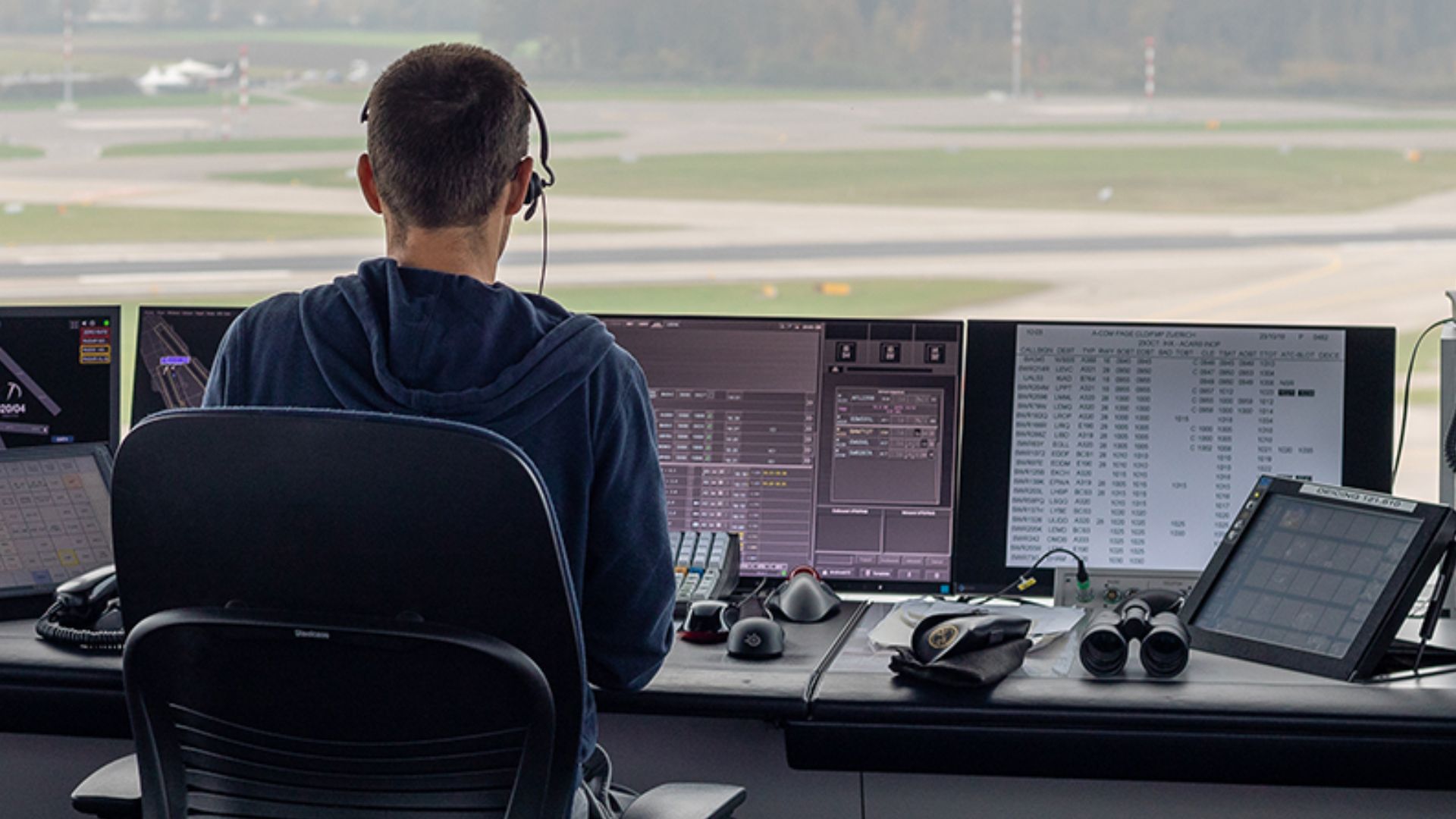 Petar Marjanovic, Wikimedia Commons
Petar Marjanovic, Wikimedia Commons
Nurse Practitioner
Being a nurse practitioner involves blending hands-on care with high emotional demands. Nurse practitioners oversee team leadership, address patient needs, manage technology updates, and handle administrative tasks. Post-pandemic understaffing results in longer wait times and tighter margins. When errors occur, the legal consequences often magnify an already high-pressure environment.
Surgeon
O*NET highlights high stress tolerance needs for surgeons, given the constant life-or-death decisions involved. Operations can stretch past 20 hours when complications arise. And malpractice risk remains significant. The 2020 Medscape Physician Burnout & Depression Survey found that 40% of surgeons reported burnout due to extreme mental and physical demands.


